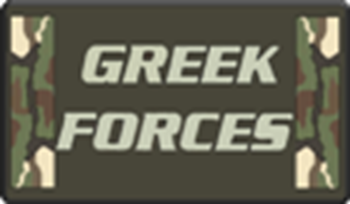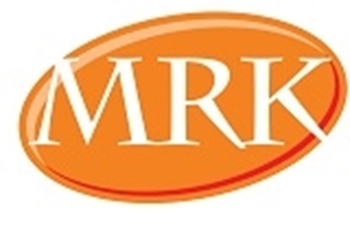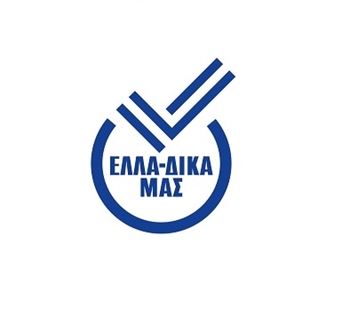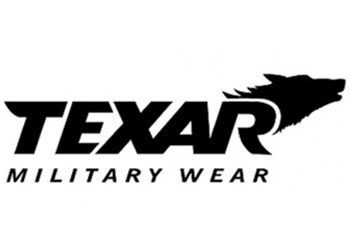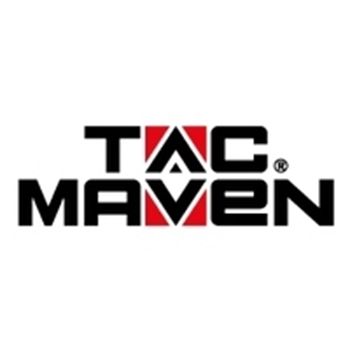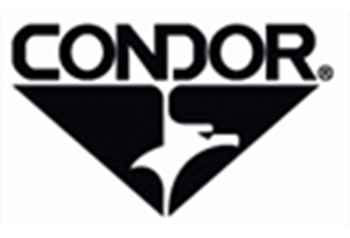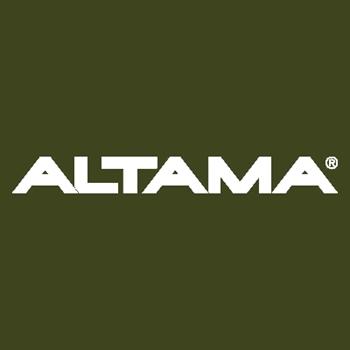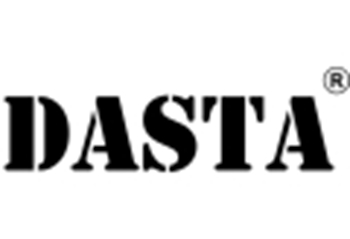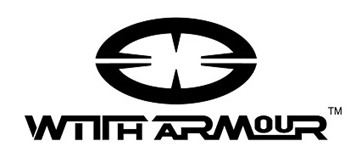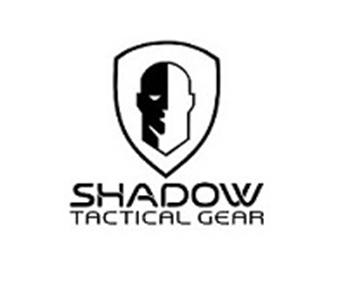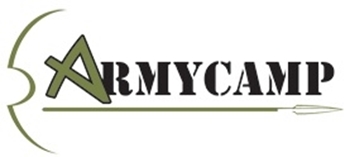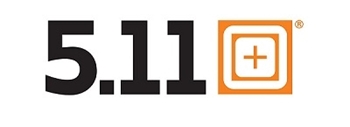By Jeff Gurwitch
– Currently serving with U.S. Army Special Forces
– Competitive shooter: USPSA, IDPA, and 3-Gun.
For this article, I would like to cover one item that is a necessity in terms of what you need to be carrying on you (besides lots of ammo) if you plan on going into harm’s way, and that is a medical kit. Luckily today, the current Individual First Aid Kit/Improved First Aid Kit, or IFAK for short, is a far cry from the simple first-aid dressing and cravat of the Vietnam era that, believe it or not, has served as the standard first-line issue for wound care up to the invasion of Afghanistan in 2001. Following the invasion, the military did enhance soldiers’ individual medical kits with items such as commercially-made tourniquets and improved dressings. By late 2003 to early 2004, not only did IFAKs become standard issue across the board to all soldiers, the items in the IFAKs became standardized, as well.
Iraq 2005, for a IFAK I used a Tactical Tailor Zippered Utility Pouch (tan pouch above green belt pouch). Our SOP was to wear them on our back and use them to treat others. As you take a knee to treat a casualty, a fellow teammate would empty the contents of your IFAK out in front of you next to the patient so you could have everything laid out. (This saved time trying to dig around in the wounded soldier’s kit for their IFAK).
A Look Back: Basic Design and Application
The first IFAKs to be issued came in the form of a zippered pouch that had built in elastic loops to keep its contents organized for easy access. Since the inception of the IFAK, the military has taught soldiers to wear their IFAK in a place on their kit towards the front. This is so they can reach it to self treat, access it, or, when coming upon a fellow wounded soldier, use the wounded soldier’s IFAK off the front of their kit. Back in 2005, the SOP (Standard Operating Procedure) for my team was actually counter to this. On my team, we wore our IFAKs on our backs. We did this for several reasons:
First, we found it was faster and easier to have the nearest soldier pull out the contents of your IFAK and dump them in front of you as you take a knee to treat a casualty. In other words, we planned to use the IFAKs on our kit for others. With this method of taking a knee, you can begin treating and assessing the casualty. This will allow your buddy to lay out the contents of your IFAK as opposed to digging around for the casualty’s IFAK. In a perfect world, the casualty lays on his back and you can easily get to his kit. What if you come upon a casualty lying on top of his IFAK? Then you have to move the injured person around to get to his/her IFAK; this can cause more harm depending on the injury, especially if you have not done a good primary survey of the injuries. Additionally, who says the wounded soldier will have kit on, or whether the kit will be intact after a major blast or other catastrophic event? With that in mind, we determined it was faster and safer to use our own IFAK kit to treat others. This is not to say we did not have anything set up to self treat; we did keep additional items on us, which I will cover later in the article.
The second reason for wearing our kits on our backs was to allow us to keep all our “killing stuff” on the front. Our thought was to keep bombs and bullets on the front for easy access to stay on the offensive in a firefight. I’d rather have 6-10 rifle mags on my kit that I can easily access rather than have a large pouch riding in the front and reducing the amount of mags I can easily get to fast.
The third and biggest issue with wearing an IFAK on the front is that they take up a lot of space and stick out pretty far. Wearing one on the front, you will soon find it sticks out and likes to hang up on everything, whether going through doorways in CQB/CQC (Close Quarters Battle/Close Quarters Combat) or while riding in a vehicle. With the amount of armor and electronic equipment in most military vehicles nowadays, you are pretty cramped for space. The last thing you want is to be squeezed into a vehicle and have a large pouch like an IFAK sticking in your gut the whole time during a 4-5 hour drive. This, by the, way is also one of the reasons why chest holsters have become so popular; in some vehicles there is just no room for you to sit comfortably with a drop-leg holster/thigh rig. Although the current IFAK (Improved IFAK) comes in a slightly smaller pouch than the first general issue; I think this is still too large to wear on the front of my kit.
There are two versions of the IFAK in widespread use today. The only real difference between the two is the type of pouch used; the contents of the IFAK are basically the same. The first pouch, made by Special Operations Technologies (S.O.TECH), is the zippered style with an internal mesh pocket to secure the contents. I have seen it issued with a leg panel if you wish to wear it as a sub-load off a belt. The second version is the new Improved IFAK, which is a smaller pouch equipped with a pull-out panel. I think the pull-out panel is a major improvement; like my old team SOP of pulling everything out at once, the panel is much better in that it allows you to pull out everything at once and lay out all your items, as opposed to just reaching in a pouch and dumping all the contents out in a loose pile. With the panel, everything is together and organized. This also addresses another issue I have found with pouches that only have the internal bands holding everything; they can be a hassle trying to get stuff out. Since everything is secured in the pouch, it can be difficult sometimes to get to just one item and pull it out quickly. This can be made worse if it’s a low-light/no-light situation and you’re wearing gloves. You end up wasting time fishing around in the pouch trying to get what you need. Although the SO Tech version unzips to where the whole pouch folds out, with a pull out panel, you have everything you need right there in front of you at once.
Contents
As far as what your IFAK needs to contain, I think that depends a lot on your situation, the level of medical training you possess, and your status (military, law enforcement or civilian). There is nothing wrong with being a defensive/tactical-minded civilian and having an IFAK set up for the worst case scenario, but you must take into consideration the liability aspect. Sticking someone with a 16 gauge needle to treat tension pneumothorax (build up of air pressure around lungs due to damaged tissue), although possibly appropriate treatment, might also be viewed as beyond the level of acceptable first-aid treatment under “Good Samaritan” laws where you live. The last thing you want to happen is to go above and beyond what is required to aid someone and find yourself in a lawsuit later on. It’s even worse if you have items in your kit with which you have not properly trained, as you run the risk of doing more harm than good.
Contents of Improved IFAK
(1) 16ga needle (treat tension pneumothorax)
(1) Nasopharyngeal airway tube
(1) vacuumed pack roll of gauze
(1) CAT Tourniquet
(1) small size Israeli dressing
(2) pr exam gloves
(1) Quik Clot Combat Gauze dressing
In addition to the above, I recommend some Asherman or H&H Bolin chest seals for sucking chest wounds, and some medical shears.
Setting Up Your Kit
In addition to an IFAK, having another tourniquet on the front of your kit is a good SOP. A good technique is to have a tourniquet on the front of your kit where you can reach it with either hand. That way, if one arm is down, you can still get to it. To answer the question of how we would treat ourselves if our IFAKs were on our backs, our SOP was to have a few items within easy access on the front of our kit. I like to carry two additional tourniquets in the front, one for me and if need be, the other to treat someone without having to go to an IFAK. Blue Force Gear (BFG) makes a good single tourniquet holder that weaves into MOLLE webbing and only costs around $5.00. In addition, I keep multiple dressings on the front my kit. A popular set-up is putting dressings in the folds of the shoulder pads of body armor. If your kit has side plate pockets, they are great places to store Asherman or Bolin chest seals; the plate pockets hold them nice and flat, and you can have one on each side so you can use either hand to get to one.
I currently do not carry just one dedicated pouch for an IFAK, instead I have spread the items I need throughout my kit.
Center I have a CAT tourniquet mounted on the front I can reach with either hand, a standard first aid dressing and a 16ga catheter needle. In the pouch on the left; small medical shears, nasopharyngeal airway tube, another needle for tension pneumothorax, Hemcon bandage and some QuikClot Combat Gauze. The pouch on the right set of gloves, improved dressing, and another Quik Clot Gauze. Behind that pouch anther CAT tourniquet and in the side plate pocket a Bolin chest seal. Twice as much stuff as an issue IFAK but being spread out and using smaller GP pouches to carry things it keeps my kit profile slimmer.



